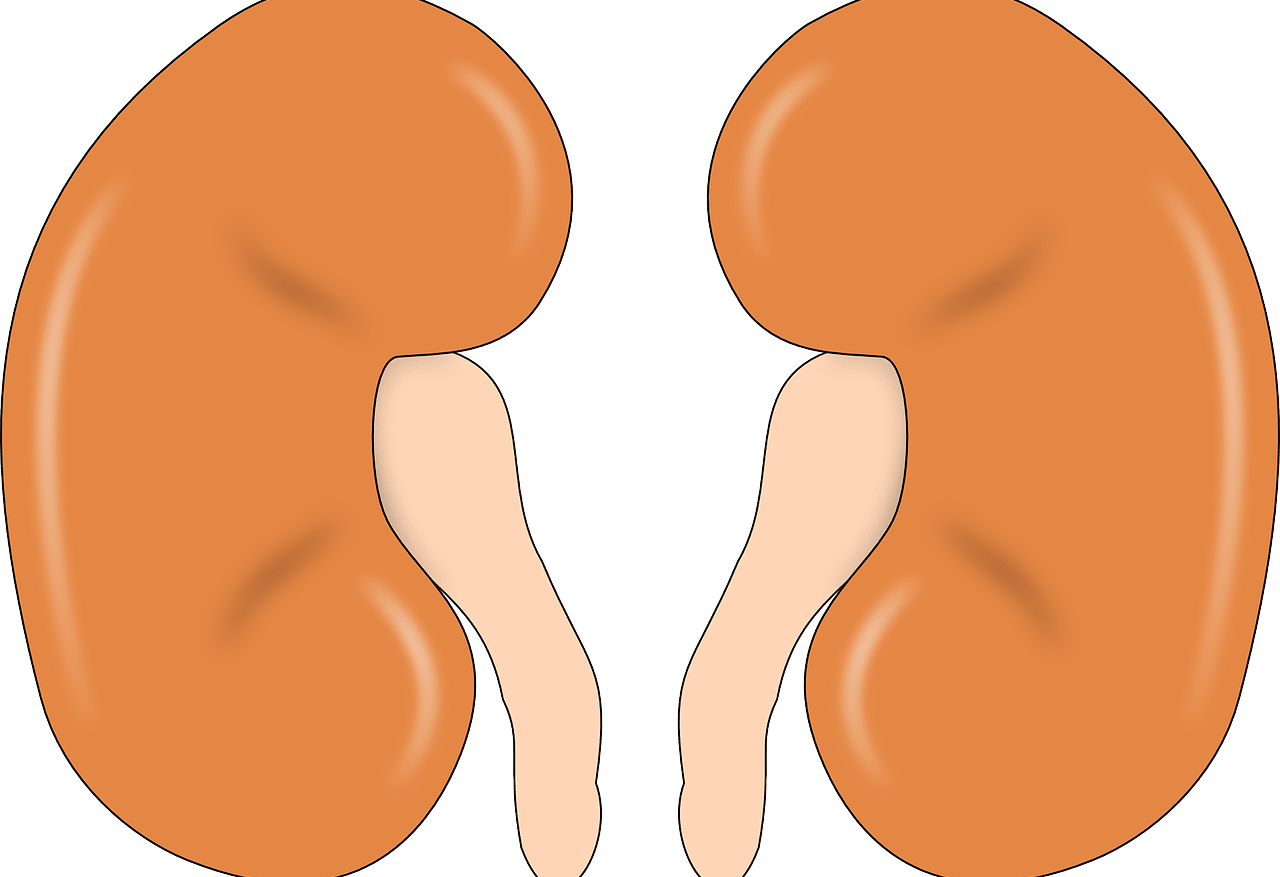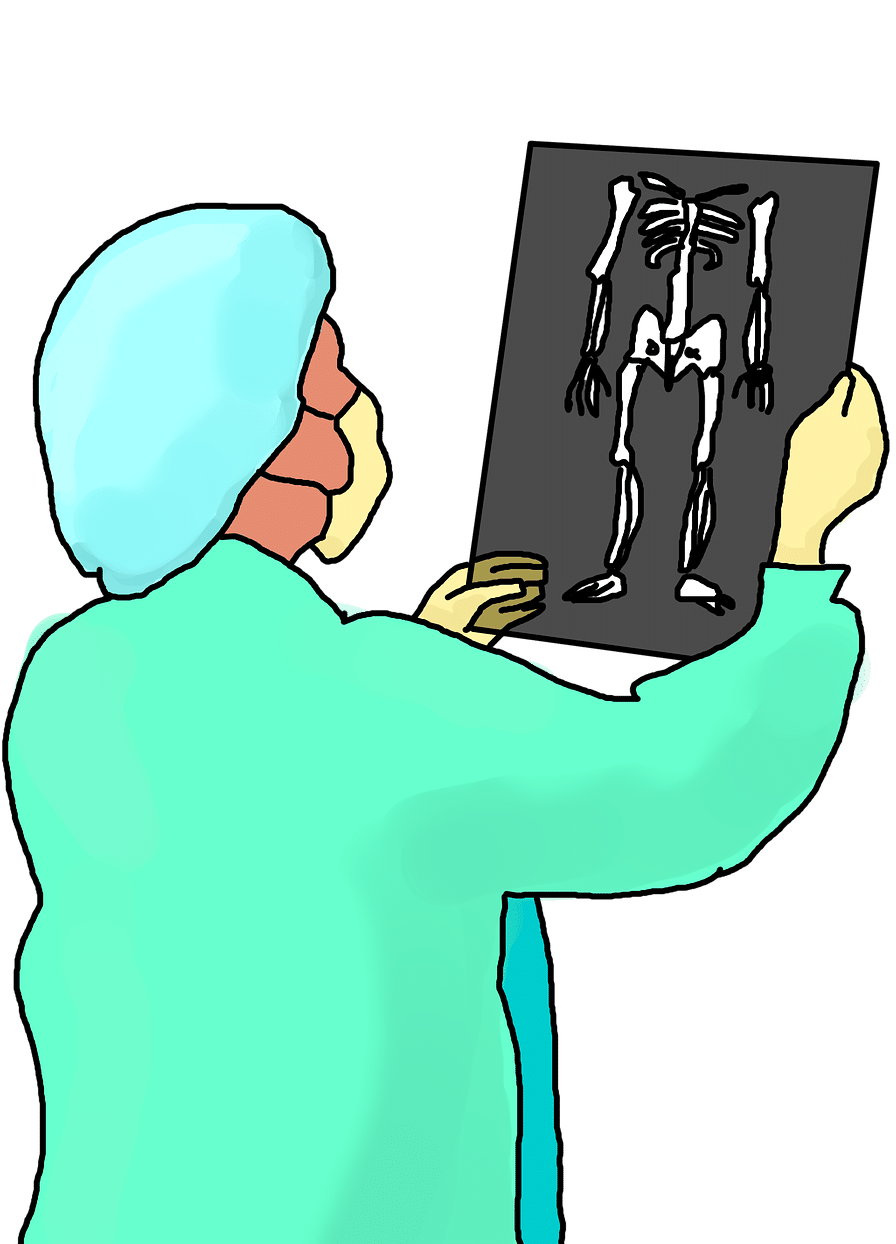
In the kidneys, reabsorption occurs to reabsorb certain molecules after blood filtration.
Resorption is the procedure and result of reabsorbing . This verb , for its part, refers to absorbing again . To understand the notion, therefore, you have to know what the idea of absorbing refers to.
When one element absorbs another, what it does is attract, aspire, capture or receive it . A solid , in this sense, absorbs a liquid when it allows its molecules to penetrate it.
In medicine , we speak of absorbing when a cell or tissue receives external particles that were dissolved. The absorption of a secretion consists of achieving its disappearance from the site where it originated.
Reabsorption in the kidneys
Resorption, in short, is a process that can develop in different ways. The kidneys , for example, are responsible for reabsorbing certain molecules after filtering blood .
The renal artery is responsible for carrying blood to the kidneys. In these organs , a first filter allows the largest molecules to be separated in order to eliminate waste. In this membrane, useful molecules are also retained, such as glucose and amino acids. To recover them, the kidneys are responsible for reabsorbing these molecules, preventing them from being discarded.
Various kinds of processes
Within the field of biology we talk about tubular reabsorption, a process through which both the majority of the water and the substances that have been dissolved and that are of great value for the body are reincorporated into the blood. This takes place taking the proximal convoluted tubules and the distal tubules as a scenario: specifically, it is considered that tubular reabsorption develops 65% in the former and the remaining 35% in the latter.
Likewise, you must know that reabsorption can be of two fundamental types: passive and active .
We cannot forget that there is also root resorption , a process that is related to the destruction of dental tissue, which can be detected through different radiological tests and which brings with it a series of discomforts that can translate into severe pain.

Bone resorption takes place after the dissolution of bone tissue.
bone resorption
Bone resorption , on the other hand, is the process carried out by osteoclasts and which consists of the absorption of minerals after the dissolution of bone tissue. It all begins with the removal of bone tissue, which produces the release of minerals. After this stage, the minerals are reabsorbed and become part of the blood.
In addition to all of the above, we cannot ignore that bone resorption, which is also called bone resorption , becomes a key element in skeletal diseases such as psoriatic arthritis and rheumatoid arthritis.
There are various causes that can give rise to this, although it is considered that among the most significant are the lack of physical exercise and even the lack of physical stimuli that lead to the bone tissue being maintained in the correct way.
